Reviewed by Meg Flores
When you’re wearing Apple’s Vision Pro for more than a few minutes, one thing becomes clear: this headset is not built for marathons. At approximately 1.4 pounds, according to TUAW, it lands squarely in the hefty category. That is heavier than many VR headsets, and the front-weighted shell presses on your cheeks and the bridge of your nose, then tugs your neck forward as time goes on.
People have been loud about it. Face and neck pressure builds, and around the hour mark you start eyeing the coffee table for a place to set the thing down. The physics are straightforward. When most of the mass sits in front of your face, your neck muscles work constantly to counter that forward pull, which caps the Vision Pro’s chances as an all-day computer.
Apple seems to be hearing it. Leaked backend code reportedly references a "Dual Knit Band," a comfort play that could take the edge off for Vision Pro owners, according to TUAW.
What leaked code reveals about the Dual Knit Band
Backend code leaks often give the clearest read on Apple’s priorities, and this one is no different. As reported by TUAW, the Dual Knit Band looks like Apple’s systematic answer to the weight distribution problem that has dogged the Vision Pro since launch.
The setup, as described, uses two straps. One wraps around your head horizontally, like the current band, and another runs over the top of your head to share the load. Not new to VR, sure, but notable for Apple after shipping single-strap options first.
It also lines up with prior industry chatter. Mark Gurman had signaled Apple was testing strap prototypes to cut neck strain, according to the same source. In other words, the Dual Knit Band reads like part of a longer project, not a quick patch job.
How the new band could solve Vision Pro’s weight problem
The Vision Pro’s comfort issue comes down to basic biomechanics. With roughly 1.4 pounds sitting out front, your neck fights a steady forward moment. A well-balanced motorcycle helmet spreads mass around your head, but the Vision Pro behaves more like heavy goggles that never quite disappear.
The Dual Knit Band aims to redistribute that load. From what we can gather, it blends the stretchy comfort of the Solo Knit Band with the more structured support of the Dual Loop Band, as suggested by TUAW. Different heads like different feels, and a hybrid has a shot at landing in the sweet spot.
A two-strap geometry already shows up in popular third-party accessories, which gives Apple a working blueprint for better balance. If Apple brings its materials know-how and fit-and-finish to that concept, even small tweaks could matter on your neck.
For anyone who already spent $3,500 on the Vision Pro, a band that eases fatigue is a lot more appealing than a full hardware upgrade, the report indicates. Buyer’s remorse often starts at the pressure points.
Apple’s broader strategy for Vision Pro comfort
The Dual Knit Band is one piece of a bigger comfort plan. It offers near-term relief for current owners, while the longer game focuses on materials and hardware redesign.
Apple is researching lighter materials like titanium for future versions, according to TUAW. The company already uses titanium in Apple Watch Ultra and iPhone Pro models, which brings strong strength-to-weight benefits without losing that premium feel. Building a complex mixed reality headset out of it is a tougher manufacturing puzzle, so patience will be required.
User comfort has moved to the front of the line as Apple refines its spatial computing approach, the source notes. Dazzling demos are nice. They do not matter if you cannot stand to wear the device.
Right now, Vision Pro ships with two bands that each solve a different problem. The Solo Knit Band is stretchy and easygoing, while the Dual Loop Band is more rigid and adjustable, as detailed by Smart Company. The Dual Knit Band would effectively become a third path, combining the best parts of both while using two straps to tackle the weight balance.
What this means for the future of spatial computing
The Dual Knit Band points to a bigger shift in Apple’s strategy. Widespread adoption depends on clearing ergonomic hurdles, not just flexing technical muscle. Less ta-da, more can-you-use-it.
The Vision Pro launched on February 2, 2024, with Apple calling it a spatial computer. Comfort has kept it from thriving in the long-session scenarios that justify that label. Reviewers have repeatedly called it uncomfortable for extended wear and a first-generation product, the same source indicates. That stings more at $3,500, especially when pitched as a productivity machine.
Apple’s roadmap adds context. A refreshed Vision Pro is slated for 2025 and a lower-cost Vision Air is expected around 2027, MacRumors reports. The Dual Knit Band could bridge the gap, making today’s model more livable while Apple bakes better ergonomics into the hardware.
It also nods to the competitive landscape. Meta keeps refining Quest comfort, and Microsoft continues to push HoloLens in enterprise. Apple needs current owners to be fans, not critics. If a $100 to $200 accessory meaningfully reduces strain, word of mouth changes fast.
Bottom line: the Dual Knit Band is more than another Apple add-on, it is a signal that Apple wants spatial computing to be practical, not just impressive. Accessories like this will shape how quickly mixed reality moves beyond the demo table and into daily use.
Apple tackling short-term comfort, while working on lighter, smarter hardware, makes me cautiously optimistic. It sounds like a company settling in for the long haul, and that gives spatial computing a better shot at sticking around after the novelty fades.






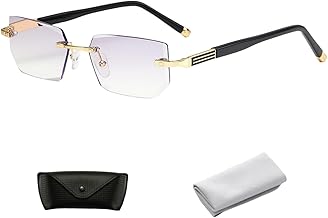
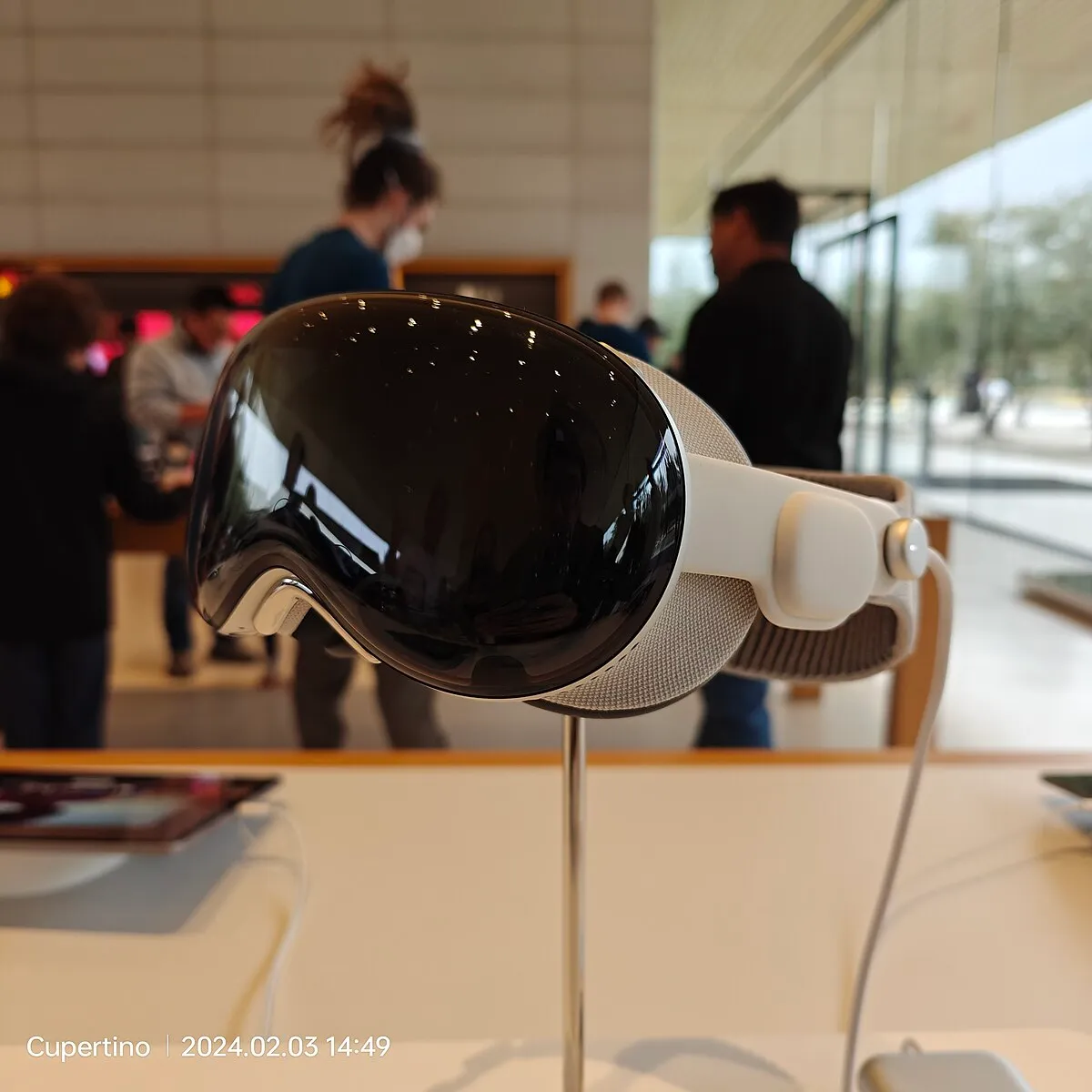
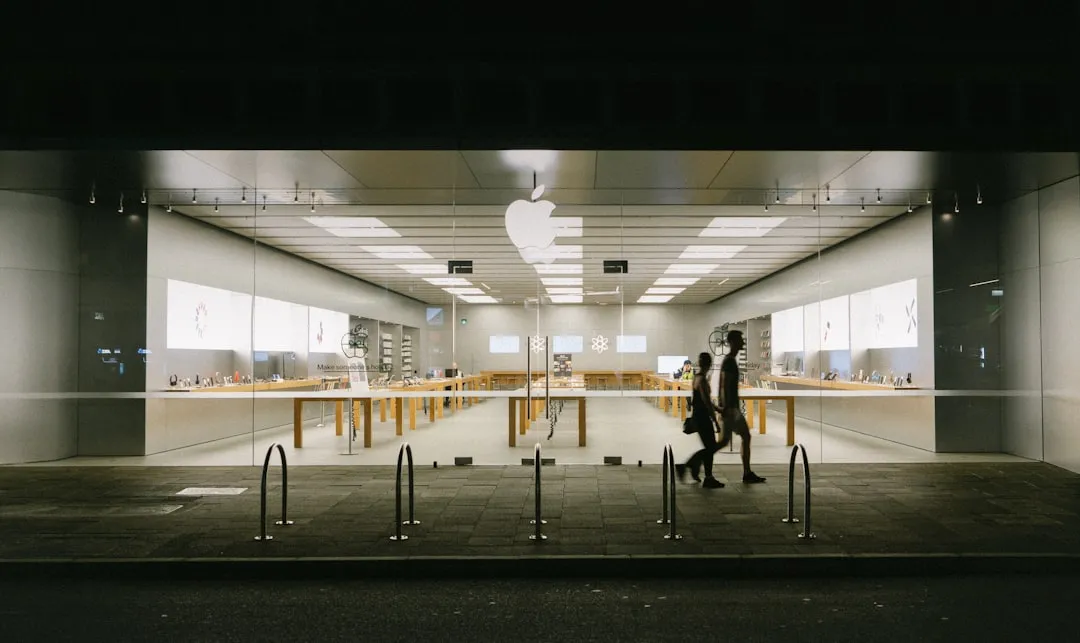

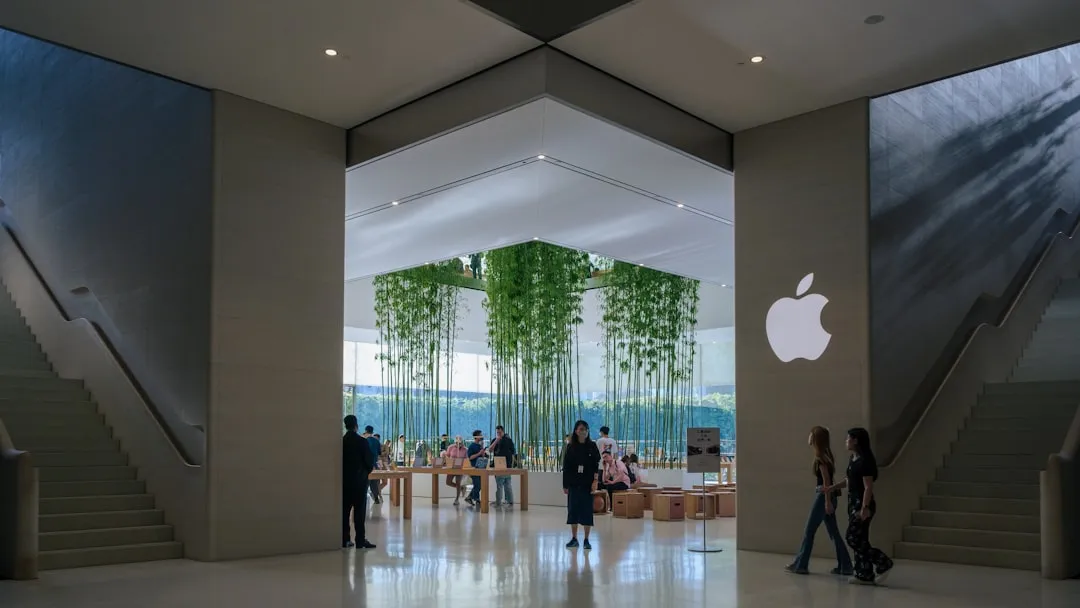
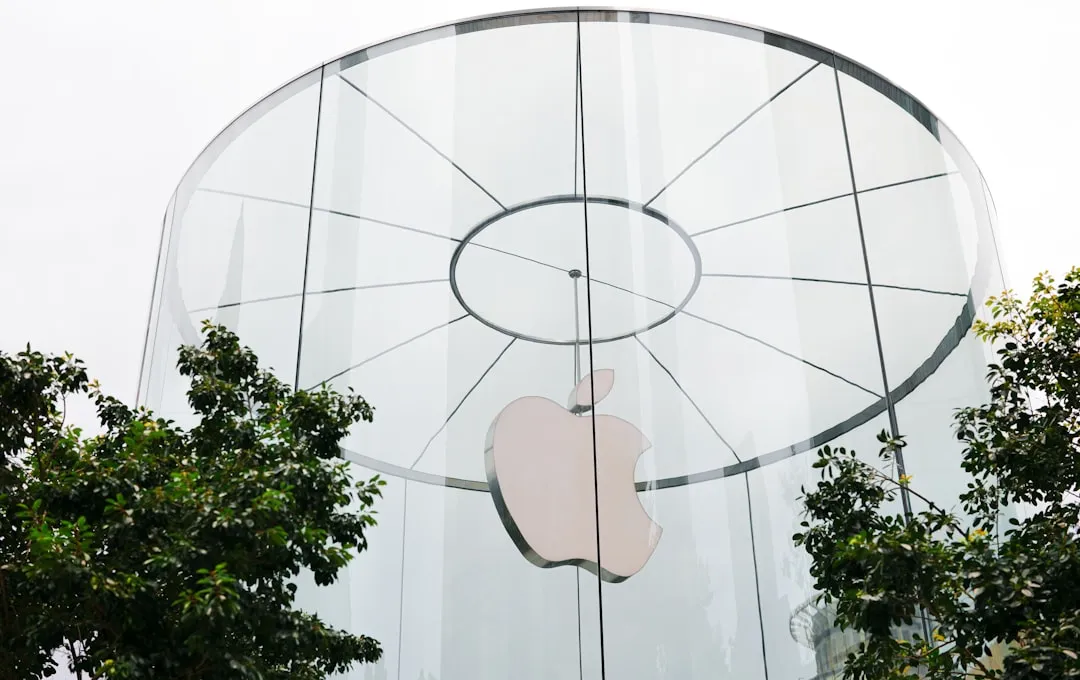
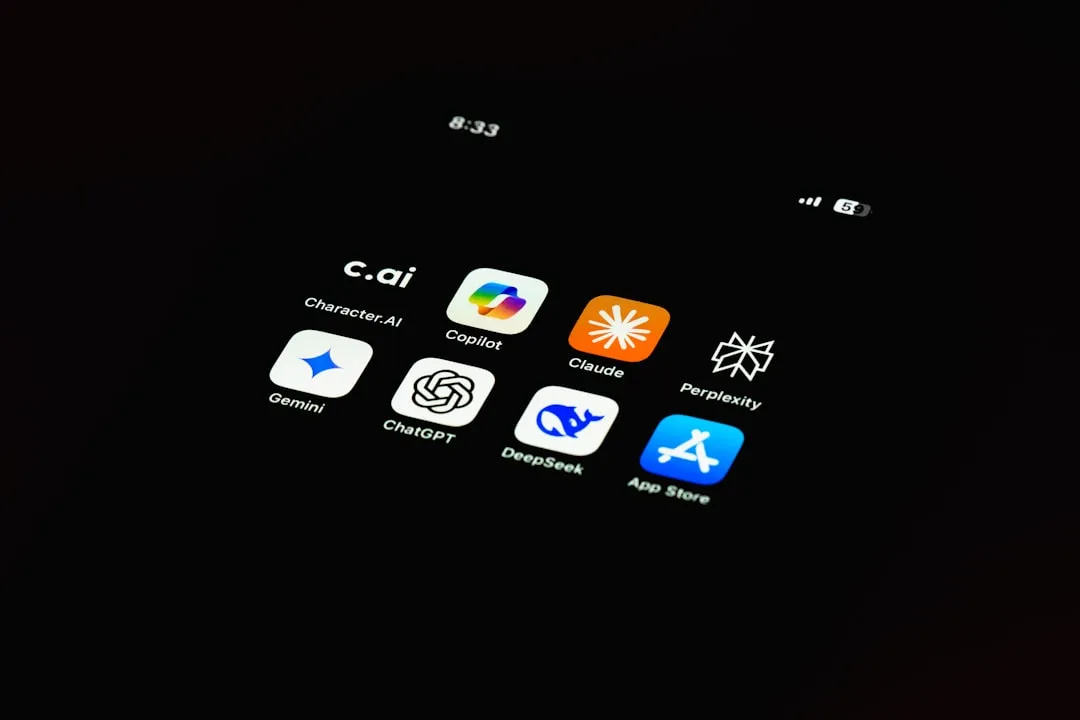
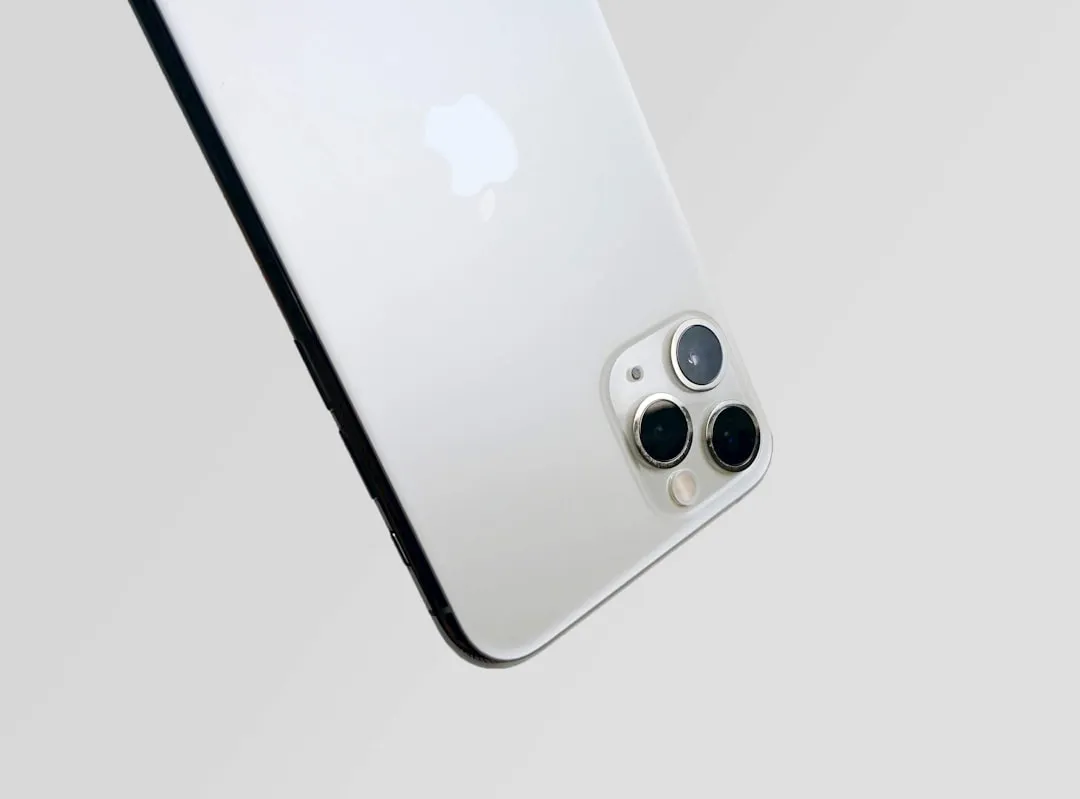
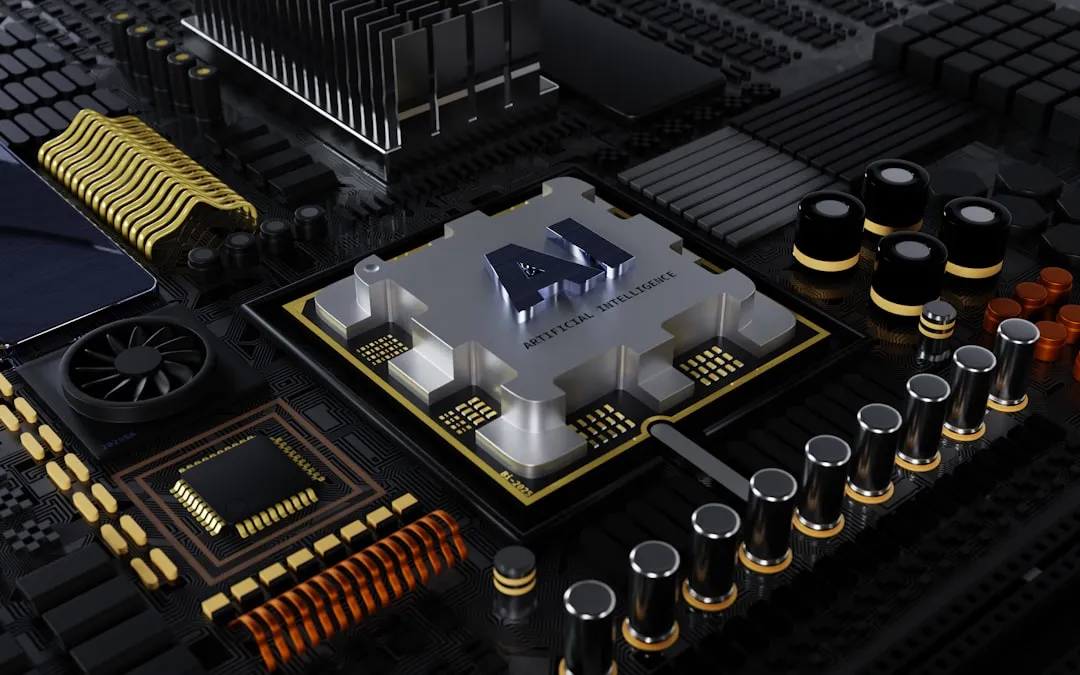
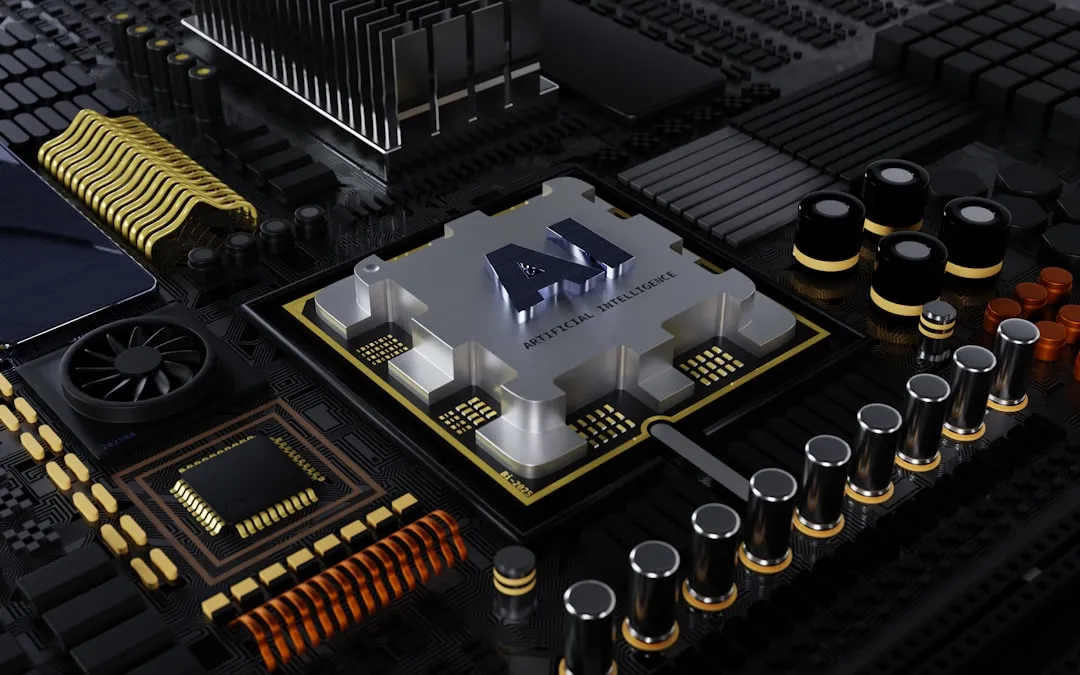
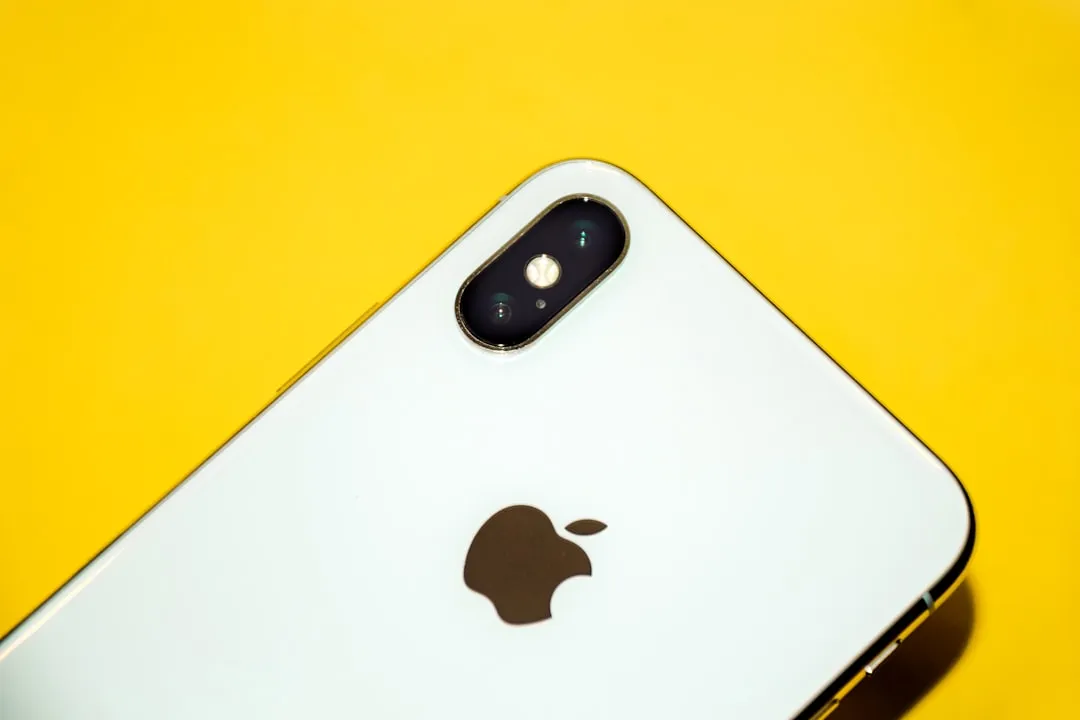
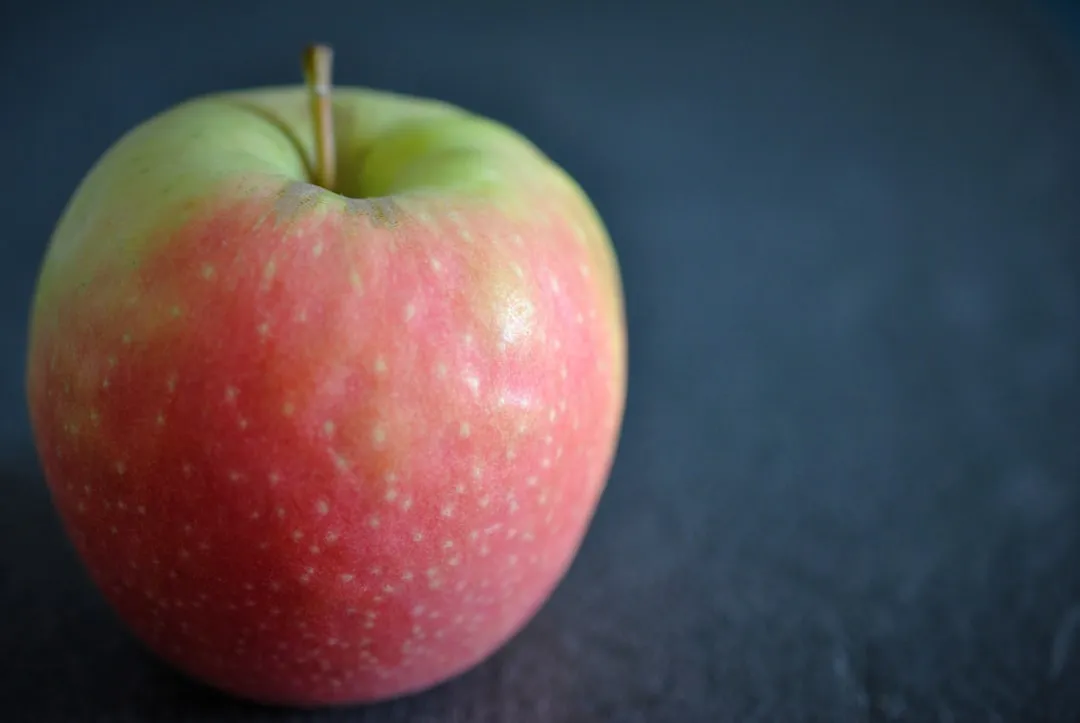
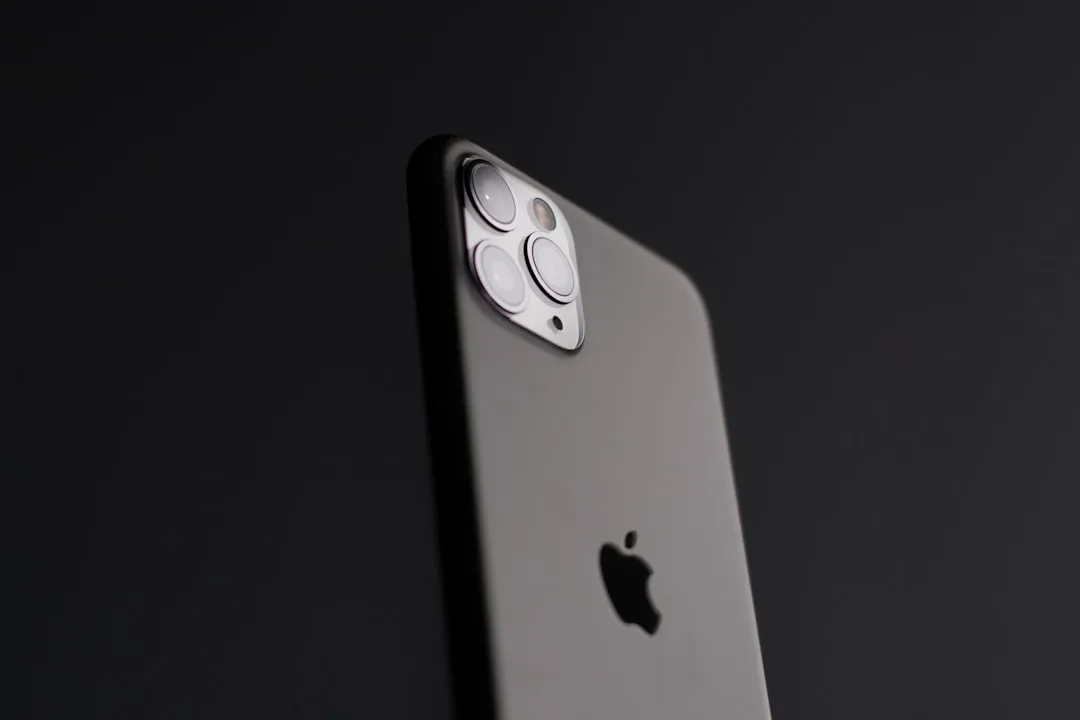


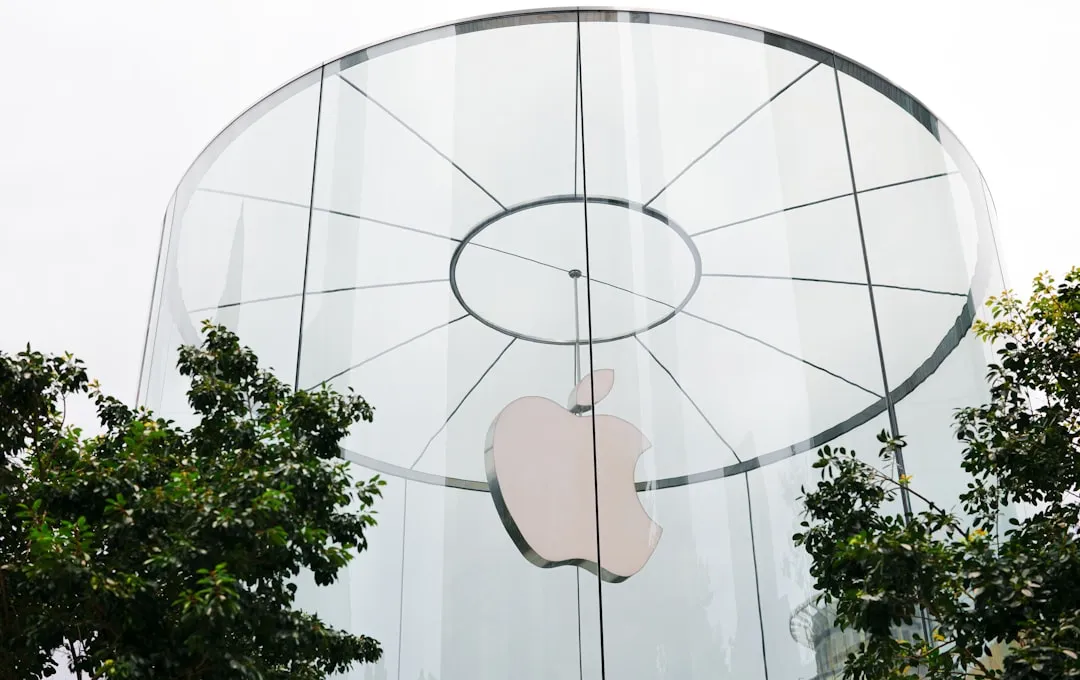
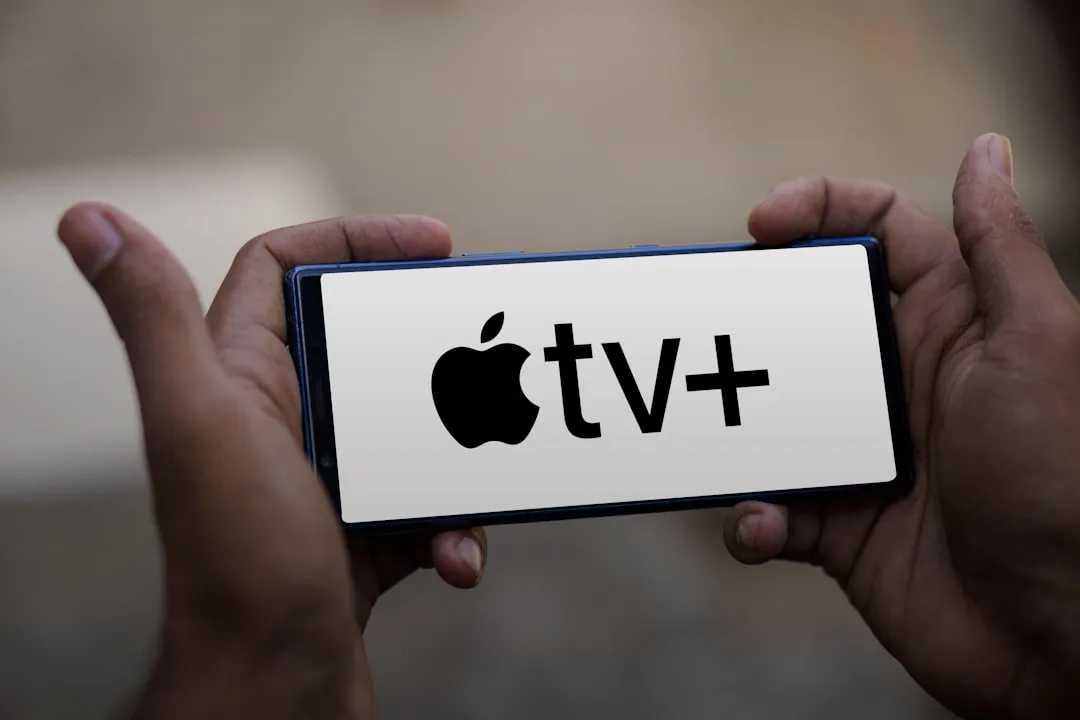
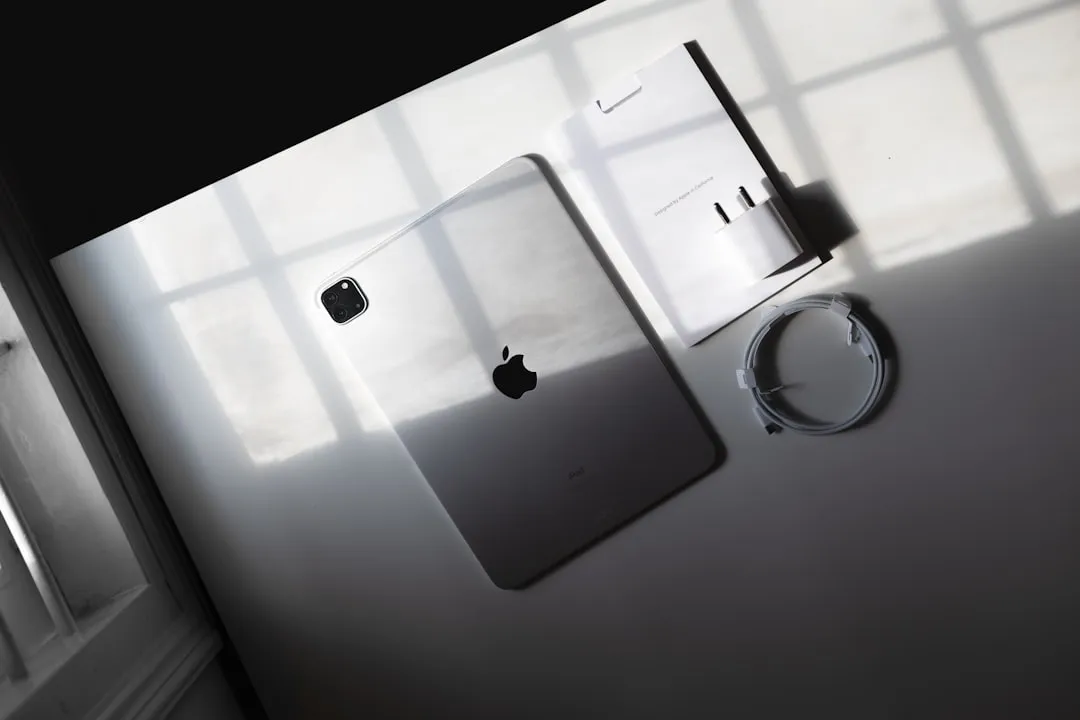
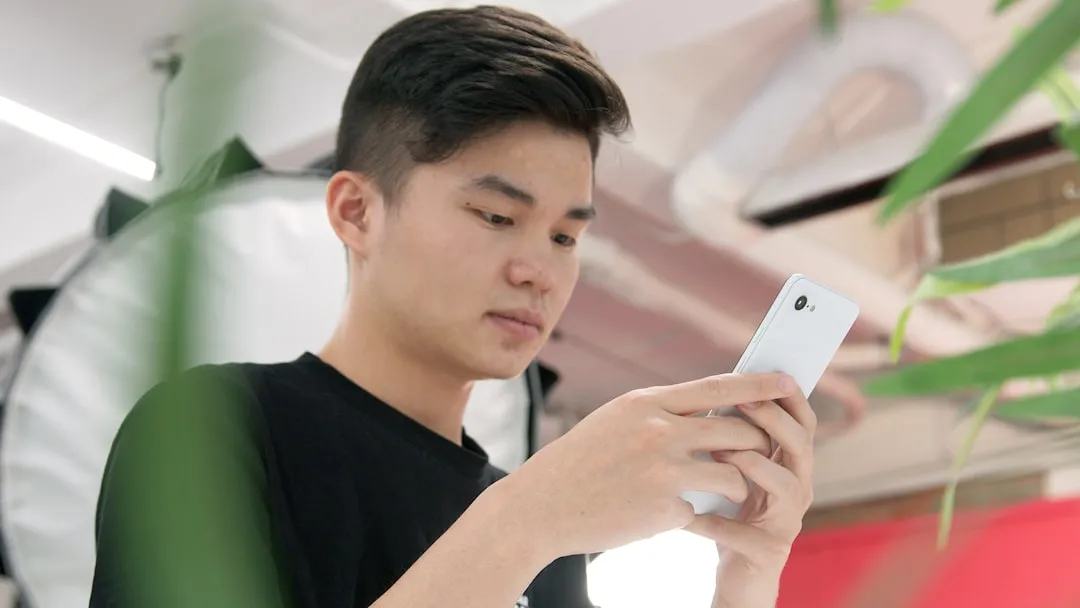
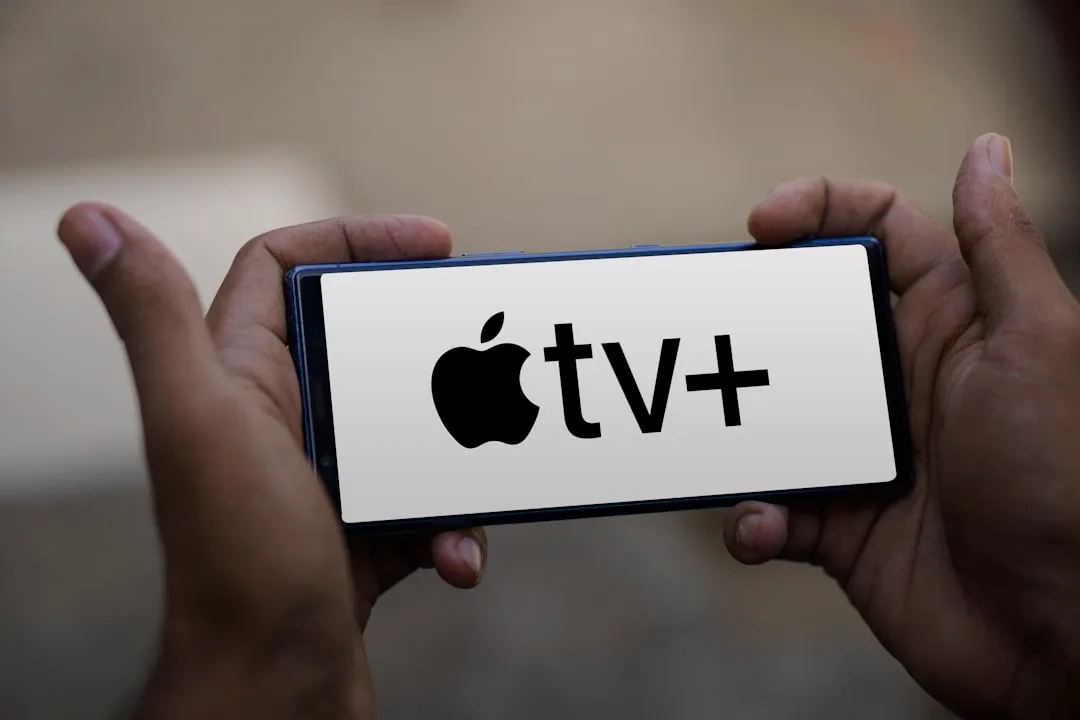

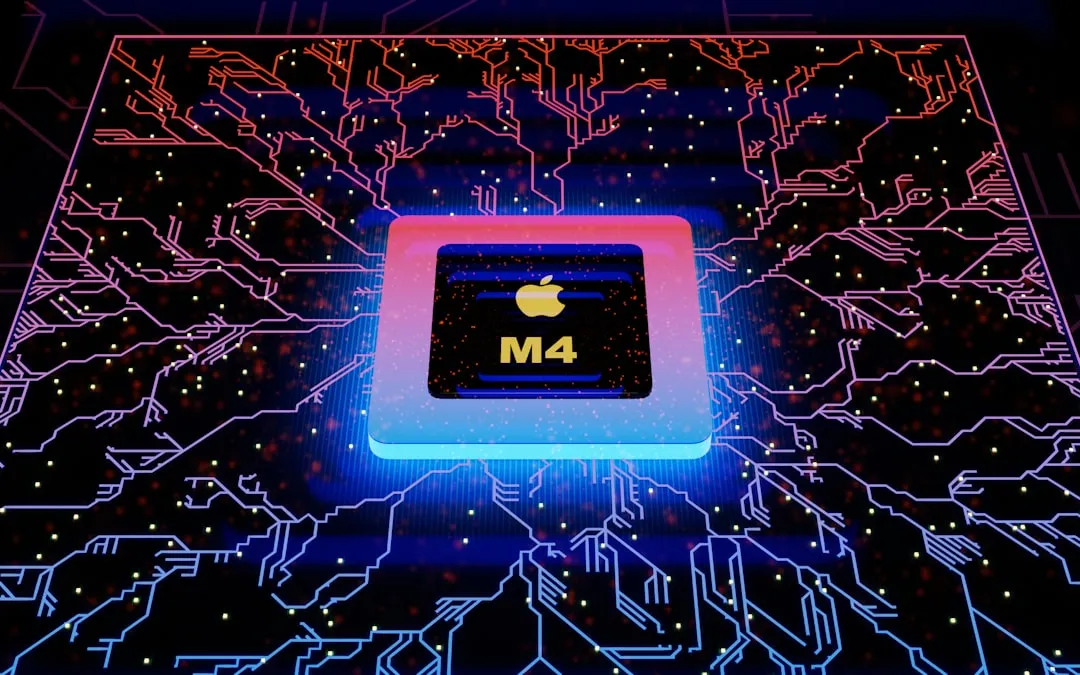
Comments
Be the first, drop a comment!